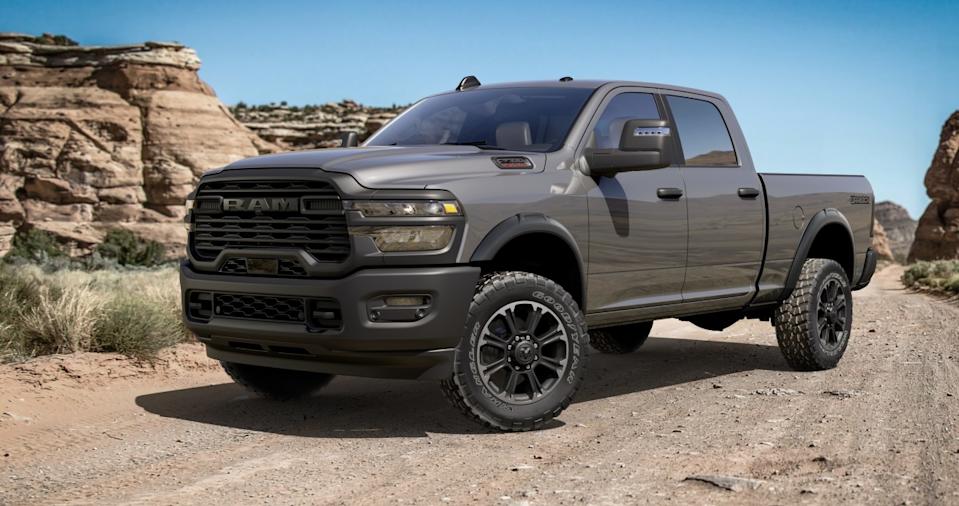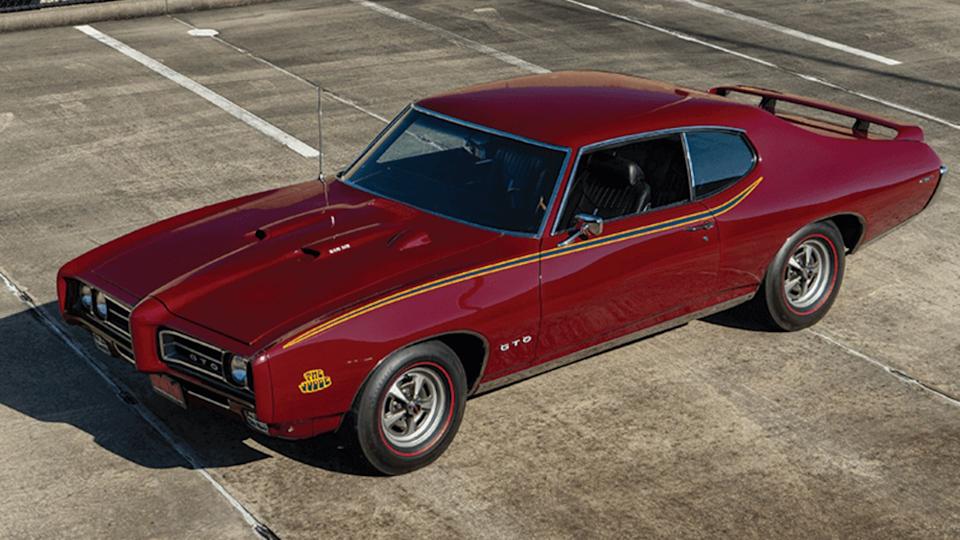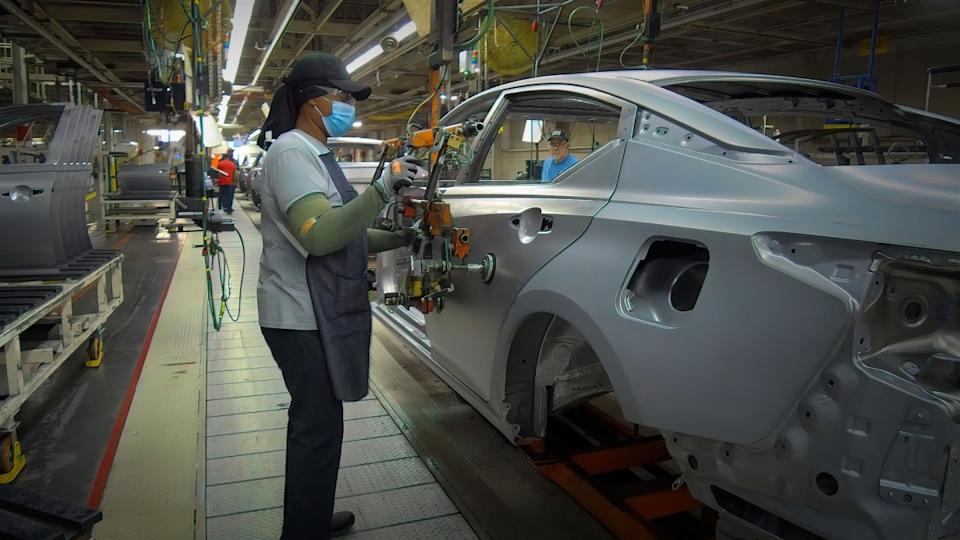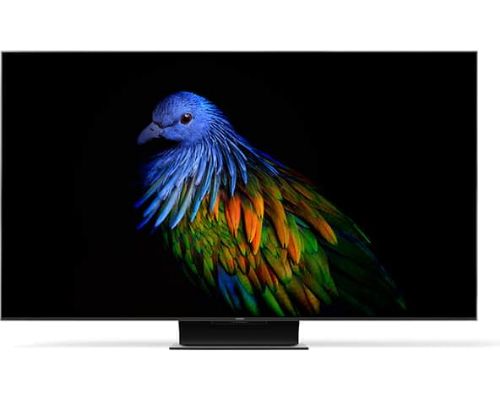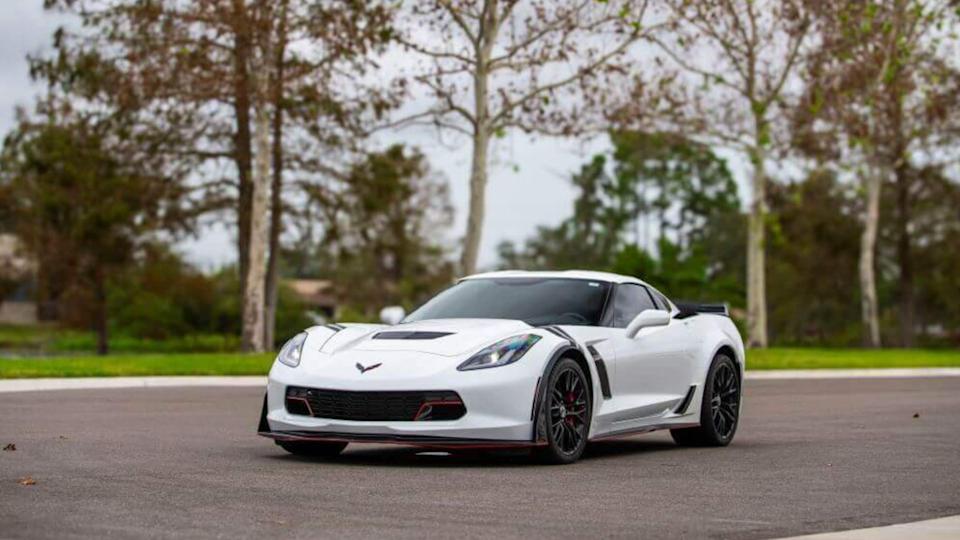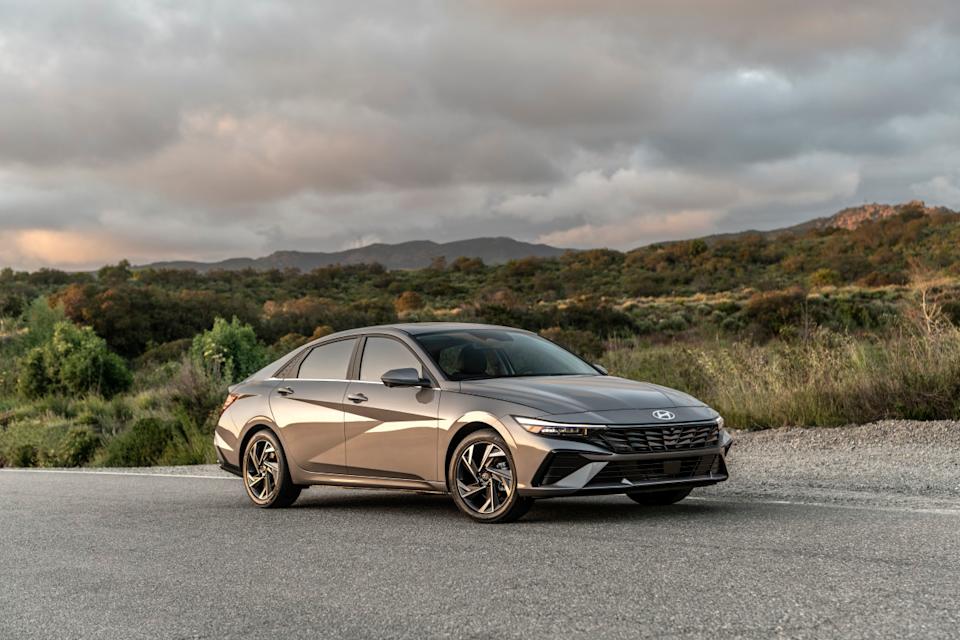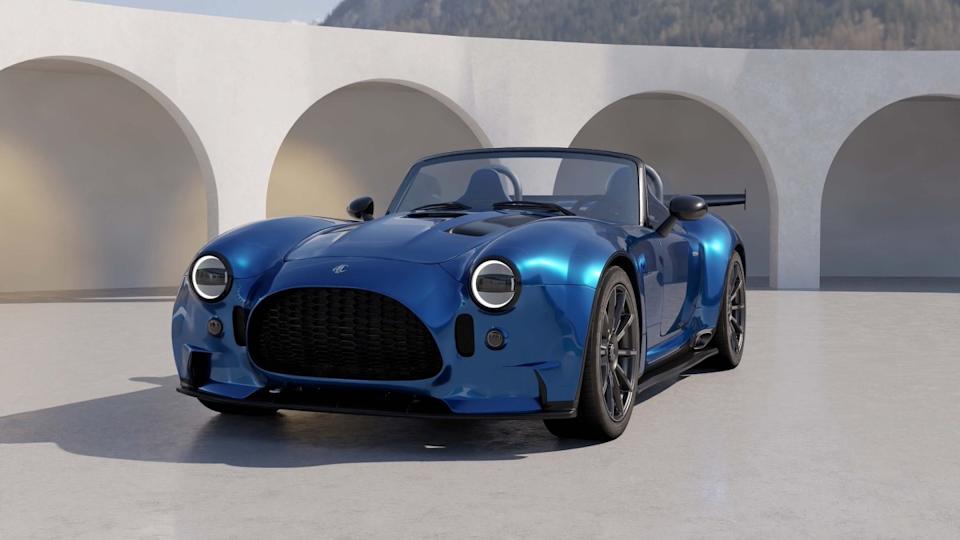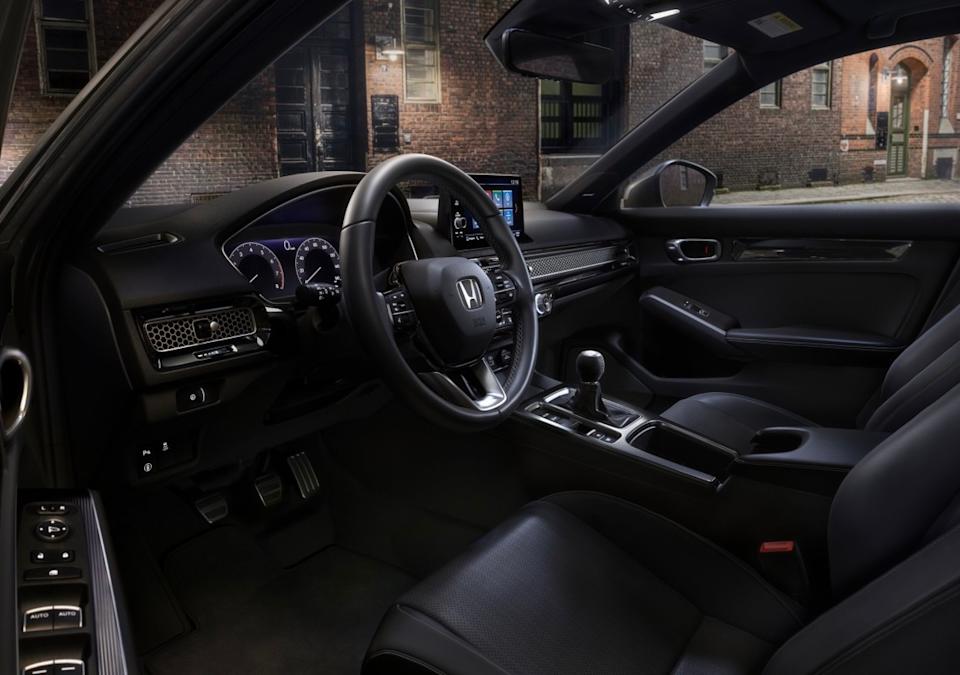
New Study Reveals What Buyers Really Want In A Budget Car originally appeared on Autoblog.
Frill-free base trims still have their place
For budget car shoppers, more isn’t always more. That’s the general sentiment when looking at the results of AutoPacific’s Future Attribute Demand Study (FADS), which studied how interested car shoppers are in over 160 features and technologies. More specifically, the study compares the demand for specific features between those shopping in the $25k to $35k category, relative to those shopping for cars at over $35k. At a time when tariffs are raising car prices, it’s no surprise that many in the budget car category are looking for simpler cars with the essentials, not unnecessarily flashy extras that cost more to buy and maintain. The study also makes it clear what the perfect budget car looks like.
Autonomous Driving Features And Digital Displays Not Essential

View the 3 images of this gallery on the original article
Looking more closely at the data, shoppers in the budget category demonstrate a lower demand for high-tech driver-assistance features like adaptive cruise control with lane centering (6 to 7% less interested) and reconfigurable digital gauge clusters (-6%) when compared to those spending over $35k on a new car.
While we would never advocate for fewer safety-related features in any car, let’s look at the cheapest new Honda (the Civic LX) as an example. It has standard adaptive cruise control, traffic sign recognition, and traffic jam assist. If Honda removed those three items from the base model, it could potentially lower the price of the base Civic.
The following items are also less important for buyers in the sub-$35k category:
Head-up display
Panoramic sunroof
Selectable driving modes
Branded premium audio
Wireless Apple CarPlay/Android Auto
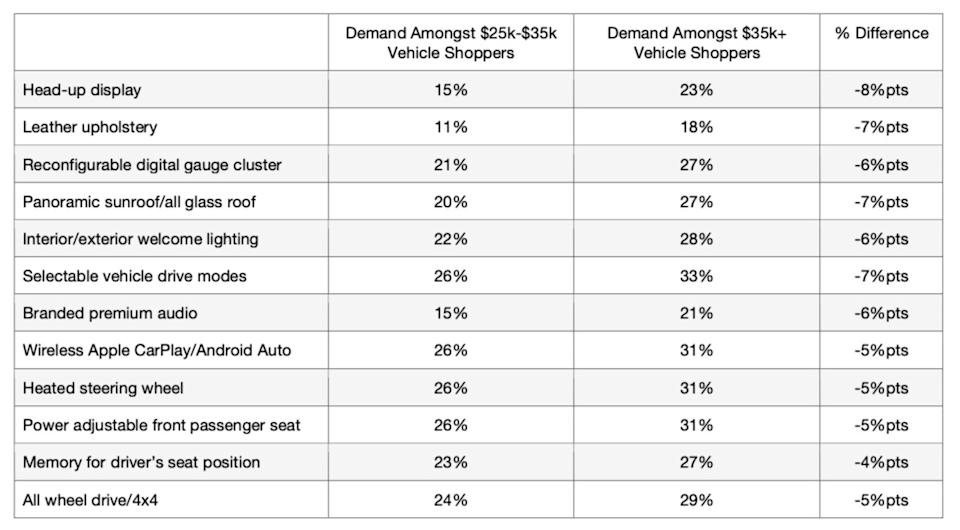
Many of these features are found on sub-$35k models despite a lower demand for them, indicating that lower MSRPs are within reach if a few of these non-essential amenities were cut.
“Front wheel drive, base stereos, cloth seats with various manual adjustment, and analog gauges are “in,” for these more frugal shoppers,” says Robby DeGraff, AutoPacific’s manager of product and consumer insights, “so the array of standard equipment found on entry- and mid-level trims of today’s popular vehicles within the $25,000 to $35,000 price range may need to be reexamined as consumers tighten their belts in the face of economic uncertainty.”
Related: 6 Modern Car Features That Are Actually Worth the Money
Straightforward Sedans With Gas Engines Are Ideal Budget Cars
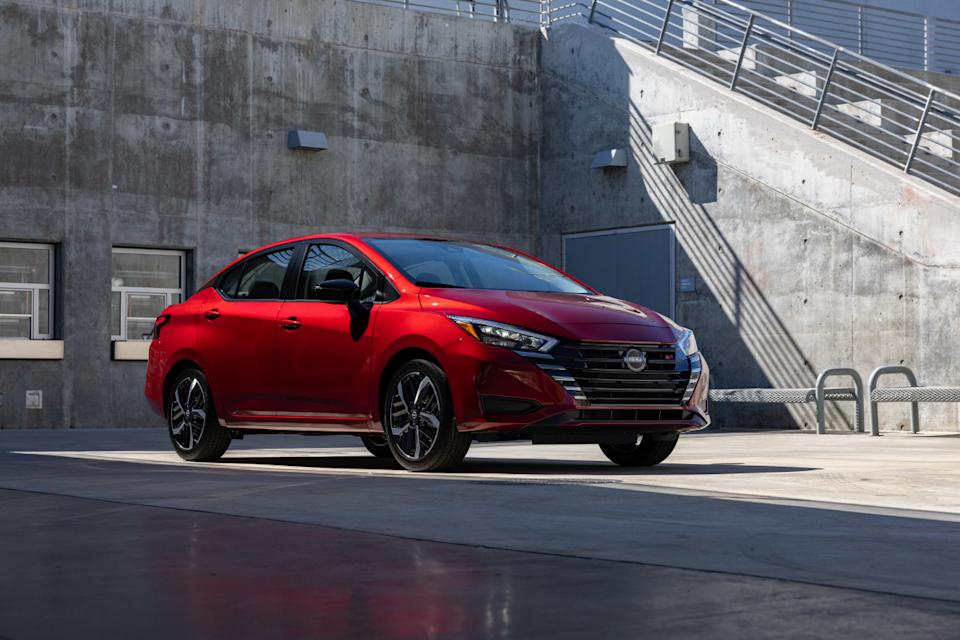
Based on the survey, which analyzed the responses of over 14,000 people intending to buy a new car, straightforward sedans were seen as especially appealing. Gas engines were a first choice, with just 20% of budget shoppers wanting a hybrid and only 5% interested in an EV.
This group considers the ideal $25k to $35k vehicle to be one without flashy extras like massive glass roofs are LED welcome lighting. They don’t mind cloth seats with manual adjustments, a “modestly-sized” touchscreen paired with physical buttons/knobs, and an analog gauge cluster. However, not everything has to be basic, and features like wireless phone charging, heated front seats, and active safety technologies like rear cross-traffic alert are still important.
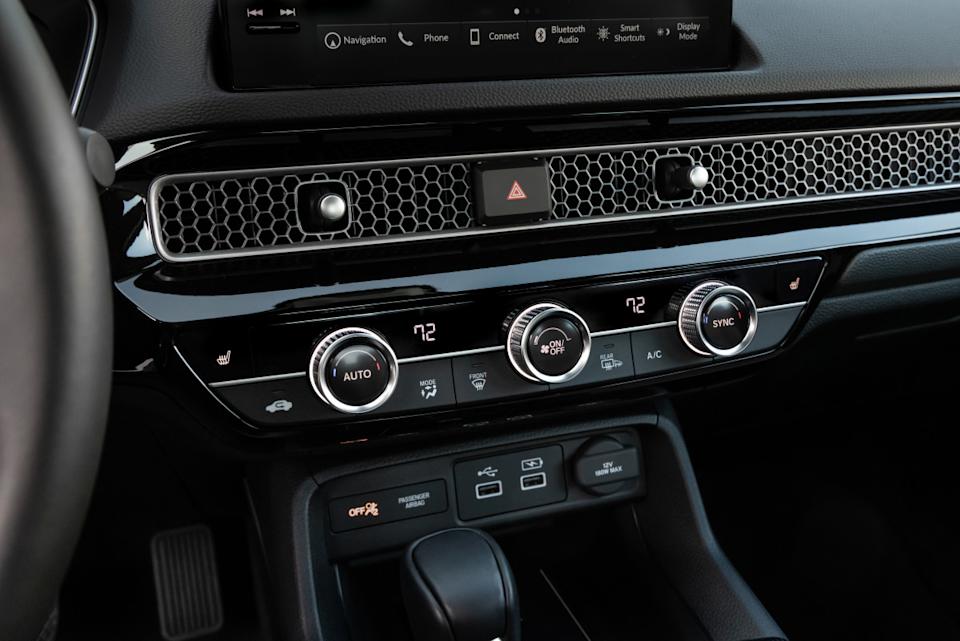
According to the study, these budget car shoppers have a median household income of $50,000, are Millennials or Boomers, and most have no children in their households.
Considering these findings, are automakers listening? Small sedans like the Ford Focus, Toyota Yaris, and Mitsubishi Mirage have disappeared. Of the small sedans remaining, recent sales figures support the study’s results: Sales of the cheap Nissan Versa are up dramatically, and Kia’s sedan sales are growing more rapidly than Kia SUVs.
Fortunately, models like the Camry, Accord, Civic, and Corolla still come in at comfortably below $35k.
Related: Kia Sedans Outpacing SUVs In Sales Growth
Final Thoughts
While new technologies have their place in more expensive vehicles, there is clearly still a demand for smaller, simpler cars in the USA. At the very least, automakers should look to offer more base models where the technologies mentioned here are either not available or optional. Some are doing this, as the study points out Mazda and Hyundai’s reintroduction of certain base trims.
“It’s good for models in that [lower] price range to offer some fancier, lower-demand features, but those should be optional and limited to higher trim levels, which can also serve to capture customers of bigger and nicely-equipped models who may be downsizing into more affordable segments as they tighten their belts,” says Ed Kim, AutoPacific’s president and chief analyst.
New Study Reveals What Buyers Really Want In A Budget Car first appeared on Autoblog on Jul 8, 2025
This story was originally reported by Autoblog on Jul 8, 2025, where it first appeared.



